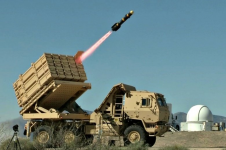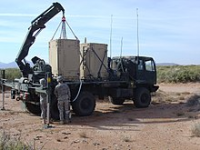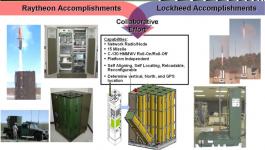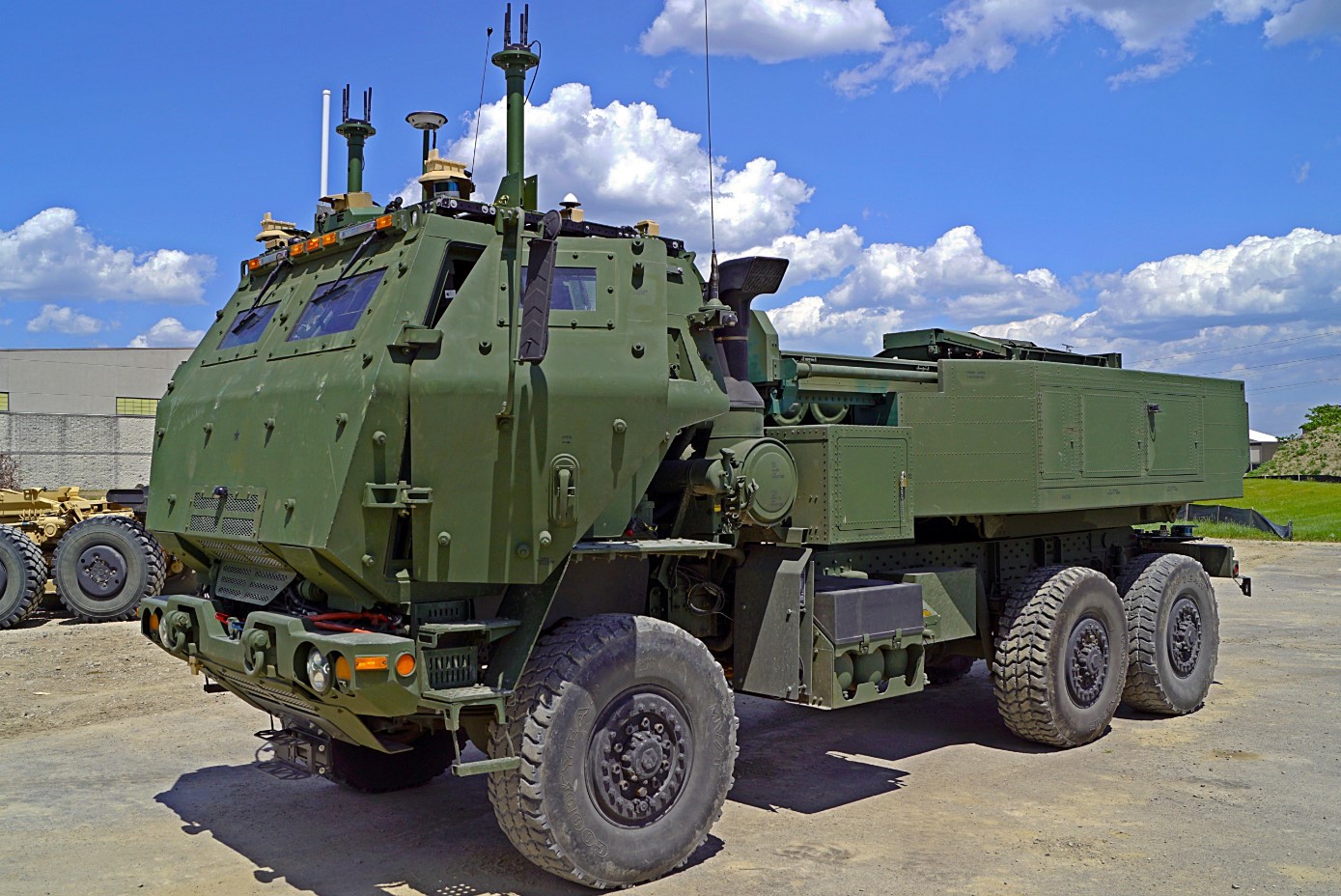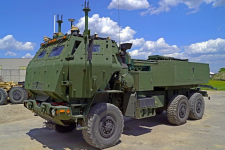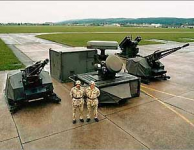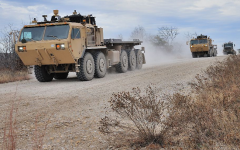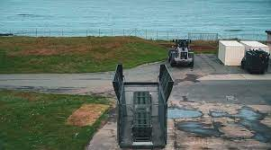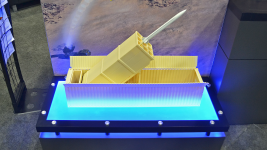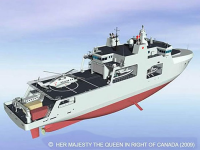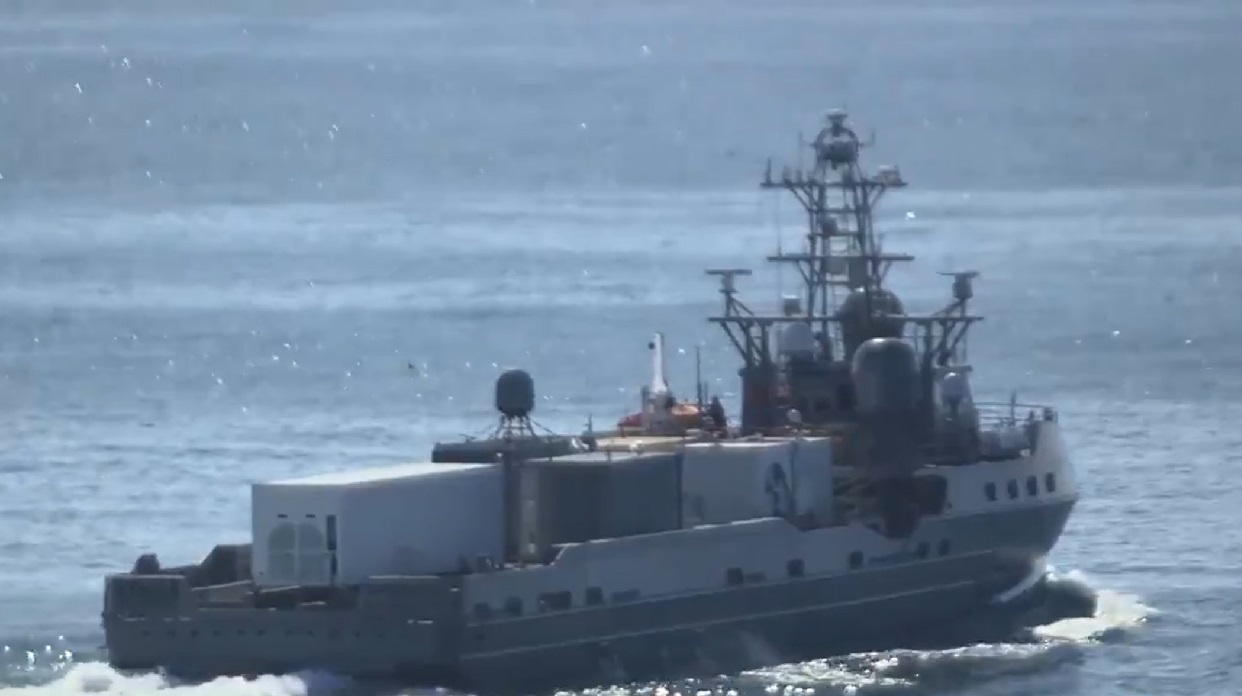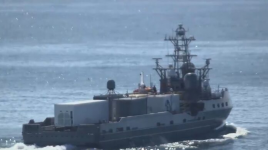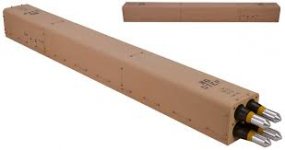- Reaction score
- 8,198
- Points
- 1,160
The Netfires project was intended to put 15 missiles of the same size as a Hellfire into a vertical launch container in which they could be stored indefinitely, transported by any logistical vehicle and from which they could be fired. The container could be vehicle or ground mounted at time of launch.
The Missiles seem to be continuing to be derivatives of the Hellfire system, a family of missiles that now include Longbow, Brimstone, the Joint Common Missile, the Precision Attack Missile and the turbo-jet powered Loitering Attack Missile. All of them are based on what appears to be a common munition of 100 lbs and 7 inch diameter of which about 20 lbs seems dedicated to warhead, including seeker. Hellfire, Longbow and Brimstone were all differentiated by different seekers for different targets but the movement now seems to be to create common seekers and warheads so that one missile can be reprogrammed at launch or in-flight to attack a variety of targets from different aspects (horizontal or vertical)
Early reports indicated that the goal of the Netfires NLOS programme was to produce a 70 km missile if I remember correctly but that seems to have been dialled back:
However coupled with the inclusion of the NLOS-LS in the FCS demonstration ( http://forums.army.ca/forums/threads/34907/post-276266.html#msg276266 ) it appears as if the capabilities offered are more important than the range, ie if range is the only limiting factor then maybe the programme can go ahead at the shorter range. This would make the NLOS-LS system broadly compatible with M777 and other 155mm units as far as range.
http://www.defense-aerospace.com/cgi-bin/client/modele.pl?session=dae.4308111.1089903978.QPadasOa9dUAAESlMZk&modele=jdc_34
Could this lead to a pairing of:
60mm mortar - ALAAWS (Javelin or Gill/Spike-MR) at 2.5 km
81mm mortar - Hellfire or Gill/Spike-LR or CKEM at 5 km
120mm mortar or 105mm howitzer- Gill/Spike-ER or EFOGM at 10 to 15 km
155mm howitzer - NLOS-LS at 40 km
Helicopters - MRLS at 70km or more
Aircraft at > 200km
I note that the 155mm calibre, MRLS munitions are both being considered for shipboard use and Helicopters are obviously already suitable for deployment by ship.
The Missiles seem to be continuing to be derivatives of the Hellfire system, a family of missiles that now include Longbow, Brimstone, the Joint Common Missile, the Precision Attack Missile and the turbo-jet powered Loitering Attack Missile. All of them are based on what appears to be a common munition of 100 lbs and 7 inch diameter of which about 20 lbs seems dedicated to warhead, including seeker. Hellfire, Longbow and Brimstone were all differentiated by different seekers for different targets but the movement now seems to be to create common seekers and warheads so that one missile can be reprogrammed at launch or in-flight to attack a variety of targets from different aspects (horizontal or vertical)
Early reports indicated that the goal of the Netfires NLOS programme was to produce a 70 km missile if I remember correctly but that seems to have been dialled back:
PAM is a direct attack missile that is effective against moving and stationary targets at ranges from zero to 40 km and effective against hard and soft targets.
However coupled with the inclusion of the NLOS-LS in the FCS demonstration ( http://forums.army.ca/forums/threads/34907/post-276266.html#msg276266 ) it appears as if the capabilities offered are more important than the range, ie if range is the only limiting factor then maybe the programme can go ahead at the shorter range. This would make the NLOS-LS system broadly compatible with M777 and other 155mm units as far as range.
Raytheon NLOS-LS Enhanced Precision Attack Missile Seeker Approved as Baseline Capability
(Source: Raytheon Co.; issued Sept. 28, 2005)
TUCSON, Ariz. --- The Raytheon Company-developed Enhanced Precision Attack Missile (EPAM) seeker has been transitioned to the baseline seeker for the Non Line of Sight â “ Launch System Precision Attack Missile (PAM).
The EPAM seeker is a dual-mode unit using uncooled imaging infrared technology coupled with a semi-active laser. The EPAM seeker incorporates numerous improvements from the initial seeker designed, developed and successfully demonstrated during the predecessor Defense Advanced Projects Research Agency-sponsored NetFires program. The EPAM seeker was funded by Army Science and Technology through the Aviation and Missile Research Development and Engineering Center.
The EPAM seeker improvements include an optics package that provides significant image and producibility enhancements. NLOS-LS is currently in the system development and demonstration phase of the program for the U. S. Army. Work under this contract began in 2004. The EPAM seeker will be built, assembled and tested at Raytheon's Missile Systems business in Tucson, Ariz.
"We're very pleased that the EPAM seeker has met and exceeded every design and performance parameter established by the program office for the Precision Attack Missile," said Scott Speet, executive vice president of NetFires LLC and NLOS-LS program director. "The EPAM seeker is just one part of ongoing, government-funded, seeker enhancement contracts for the PAM missile. Raytheon is also under contract to develop a tri-mode seeker for the PAM that will include millimeter wave technologies."
The NLOS-LS system consists of Raytheon's Precision Attack Missile (PAM), Lockheed Martin's Loitering Attack Missile (LAM) and a joint Container Launch Unit (CLU). In 2004, the Army accelerated fielding of the NLOS-LS and CLU to the Army's Evaluation Brigade Combat Team into Spin Out 1 in fiscal year 2008.
NLOS-LS provides a commander with immediate, precise and responsive fires on high payoff targets with real time target acquisition and battle effects. PAM is a direct attack missile that is effective against moving and stationary targets at ranges from zero to 40 km and effective against hard and soft targets. The missile includes a networked datalink that can be used for in- flight updates via ground and airborne sensor nodes and has a large multi-mode warhead effective against both hard and soft targets.
Raytheon Company, with 2004 sales of $20.2 billion, is an industry leader in defense and government electronics, space, information technology, technical services, and business and special mission aircraft. With headquarters in Waltham, Mass., Raytheon employs 80,000 people worldwide.
-ends-
http://www.defense-aerospace.com/cgi-bin/client/modele.pl?session=dae.4308111.1089903978.QPadasOa9dUAAESlMZk&modele=jdc_34
Could this lead to a pairing of:
60mm mortar - ALAAWS (Javelin or Gill/Spike-MR) at 2.5 km
81mm mortar - Hellfire or Gill/Spike-LR or CKEM at 5 km
120mm mortar or 105mm howitzer- Gill/Spike-ER or EFOGM at 10 to 15 km
155mm howitzer - NLOS-LS at 40 km
Helicopters - MRLS at 70km or more
Aircraft at > 200km
I note that the 155mm calibre, MRLS munitions are both being considered for shipboard use and Helicopters are obviously already suitable for deployment by ship.




